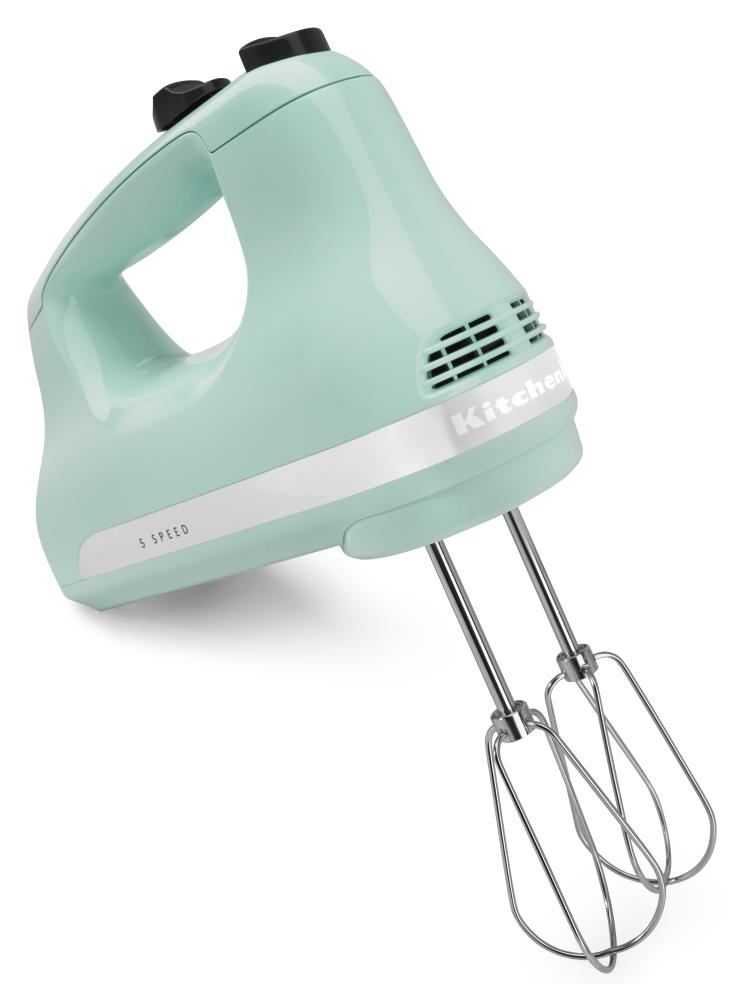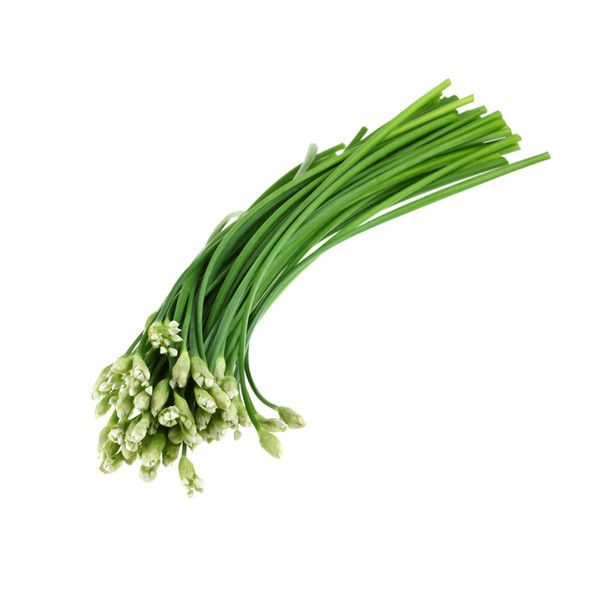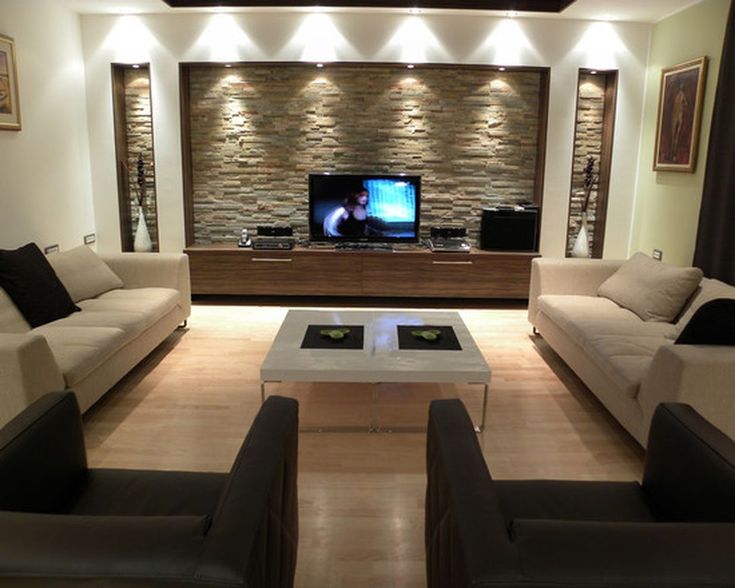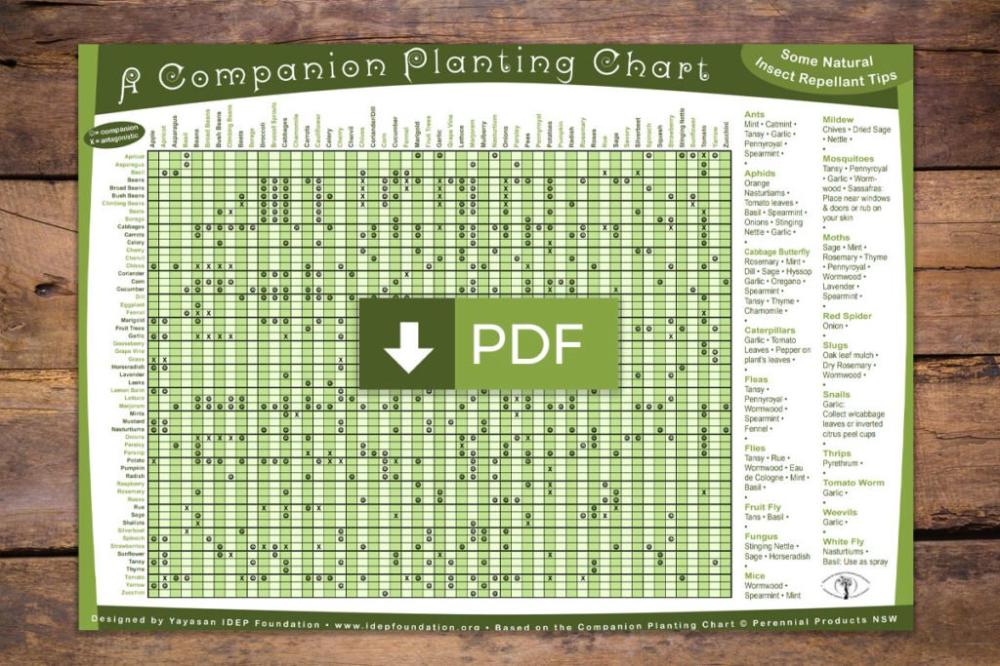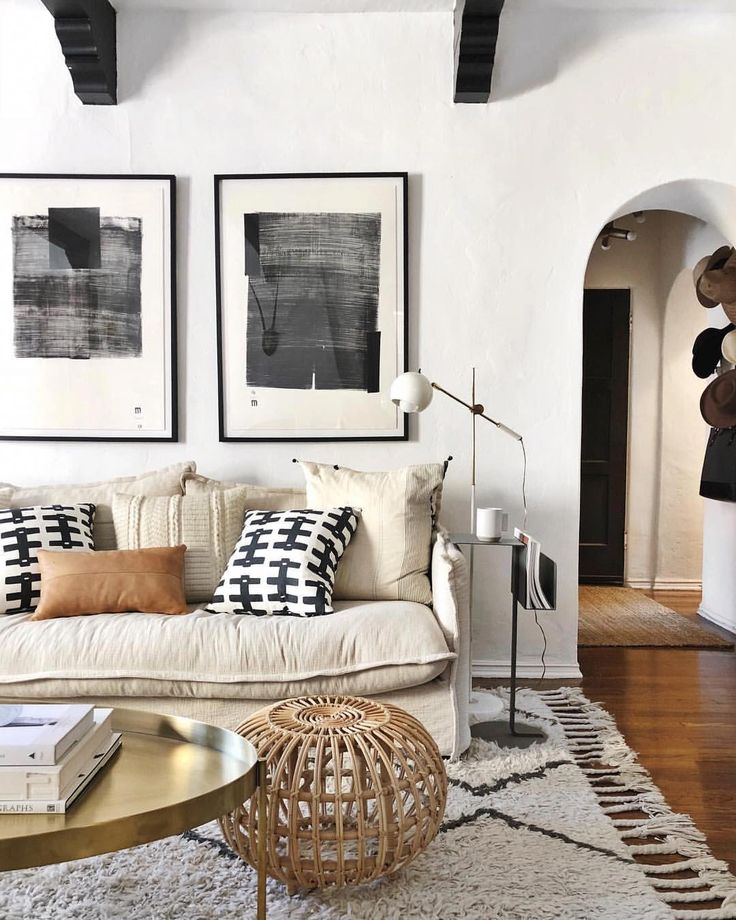What is the best countertops for a kitchen
Best Countertops for Kitchens and Bathrooms
Choosing the right kitchen countertop material involves a great deal of simple personal preference—deciding what type of look appeals to you. But there are also objective criteria you can use to choose a countertop material that's likely to work best for your needs. The most important criteria for evaluation countertop materials are:
- Appearance: What are the aesthetic qualities of the countertop material?
- Value: How does the countertop rank in terms of the cost of materials plus installation? What are you getting for the money?
- Stain resistance and clean-up: How well does the material resist food and drink stains?
- Heat resistance: Will hot pots discolor or burn the countertop surface?
- Resale value: Does the countertop add real estate value to your home in the eyes of prospective buyers?
Countertop Materials Ranked
- Quartz
- Slab granite
- Stainless steel
- Solid surface
- Refinished
- Laminate
- Ceramic tile
- Concrete
- Zinc
- Reclaimed wood
Reclaimed Wood: Most Eco-Friendly Choice
Reclaimed wood countertops are slabs made from hardwoods recycled from other uses, such as commercial bowling alleys, barns, or residential flooring. For homeowners concerned about the environment, reclaimed wood offers obvious appeal.
Appearance
Reclaimed wood can take many appearances, depending on the source of the wood and its species. These are usually quite attractive countertops made of good-quality hardwoods. These countertops can get nicked, scratched, and scuffed quickly, but for some homeowners, this antique appeal is a plus.
Value
Though ostensibly a wood that no one wants, reclaimed wood isn't cheap. The companies that find it, re-mill it, and sell it do need to make a profit for their specialized work. Installation is normally done by specialists from the fabrication company; this is not a DIY-friendly material. Typical costs are $115 to $300 per square foot, installed.
Stain Resistance
You need to keep wood counters sealed. This is not difficult to do, but it must be done with religious frequency. Forget to do it, and you may find that red beets stain your counters a rich purple color.
Heat Resistance
Reclaimed wood has excellent heat resistance. Hot pots and skillets rarely discolor or scorch reclaimed wood.
Resale Value
While some home buyers may very much like the classic look and green appeal of using reclaimed wood, most home buyers see reclaimed wood as a second-class countertop material. These countertops will do nothing to improve the real estate value of your home.
Bottom Line
Reclaimed wood falls toward the lower end of the countertop ratings due to its high cost, low resale value, and high maintenance. Choose reclaimed wood if you put a high priority on green building materials, not to improve real estate value.
Concrete: Contemporary Styling
If you've got a stylish, modern house, you can do no better than to install a concrete countertop in the kitchen. While these monolithic beauties would look odd in a period house, they fit perfectly well into any contemporary kitchen. Yet, surprisingly enough, concrete can be finicky when used for countertops.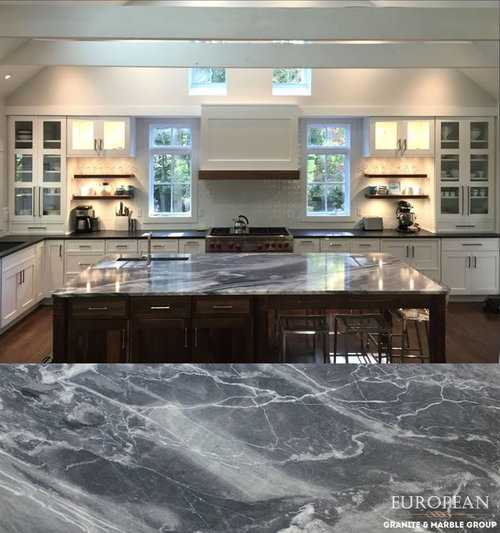
Appearance
Concrete can become whatever you want it to be. With tinting, it can take on a number of muted, earthen colors, as well as some darker reds, blues, and greens. But its chief value—and the one thing that distinguishes concrete from other counter materials—is that you can have a single, unified, seamless counter. In a single pour, concrete can form L shapes, U shapes, and all sorts of permutations.
Value
Considering that concrete itself is pretty inexpensive, homeowners are often surprised to learn how expensive concrete countertops are. That's because concrete countertops are difficult to fabricate and require special concrete mixes. They must be installed by skilled pros—usually from the same team who fabricates the countertop. Typical costs range from $70 to $140 per square foot, installed.
Stain Resistance
Concrete can stain quite easily unless it is regularly sealed. Acidic foods and liquids, as well as cleaning chemicals, need to be wiped off immediately or they will stain the surface.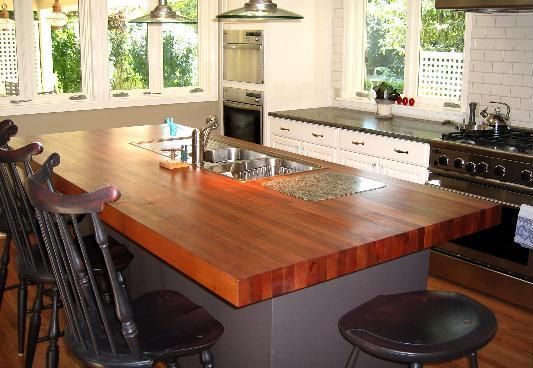
Heat Resistance
While concrete seems like it might have the ultimate heat resistance properties of all countertops, this just isn't the case. Concrete will not melt but it will scorch. With concrete, you'll still need to use trivets or pads before setting down hot pans. Concrete surfaces can show scorch marks fairly easily.
Resale Value
Hopefully, the entire contemporary style of your house is congruent with those concrete counters, and the buyers' minds are congruent with your house's contemporary style. If so, there is a possibility they may love the counters. If not, they may hate them.
Bottom Line
Concrete countertops can be a good choice in very particular situations but may be too unusual for many homeowners. Concrete countertops are difficult to cast, heavy, expensive, and difficult to maintain. Concrete is a unique material, too. One homeowner's infatuation with concrete countertops may not translate to the next buyer, either.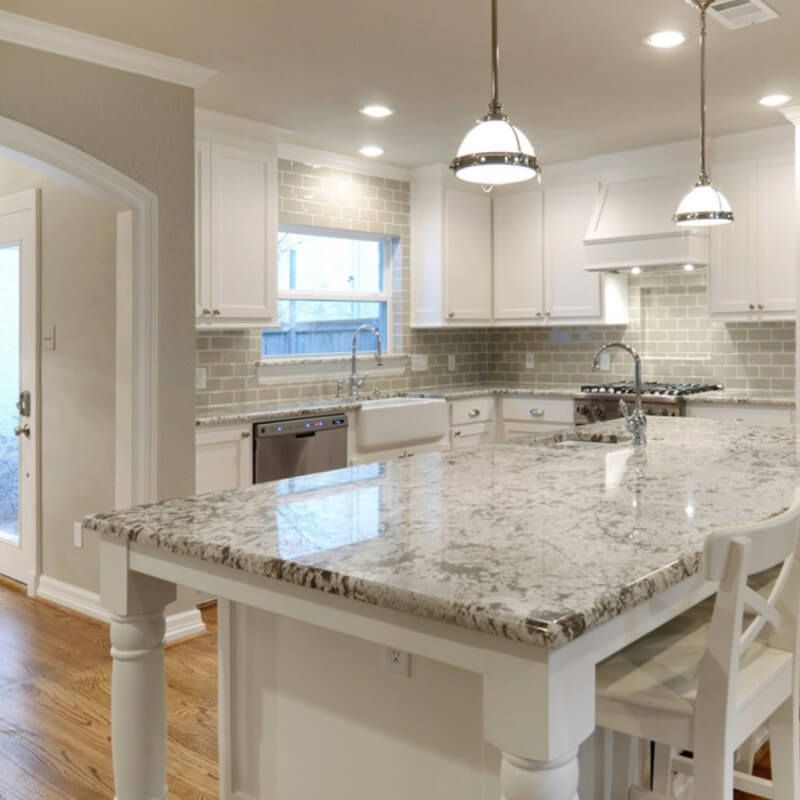
Zinc
Zinc is the most common metal on earth but is fairly uncommon as a countertop material. For the right homeowner, it has a hip trendy appeal, reminiscent of the zinc countertops found in Paris bistros. For other homeowners, it may seem a bit too unique.
Brooks Custom, Mt. Kisco, NYAppearance
Zinc has a dark gray matte finish that is much different than the bright silver shininess of stainless steel. Homeowners seeking something unique may very much like this look; others may actively dislike it. Zinc is a relatively soft metal, and it may scratch. Some homeowners like the aged patina that zinc develops over time.
Value
Being a specialty countertop, zinc is expensive. You buy zinc because you like it, not because you want to save money. Zinc costs $150 to $200 per square foot, installed.
Stain Resistance
Zinc will eventually develop a dark patina, and should vinegar come in contact with it, dark spots will develop.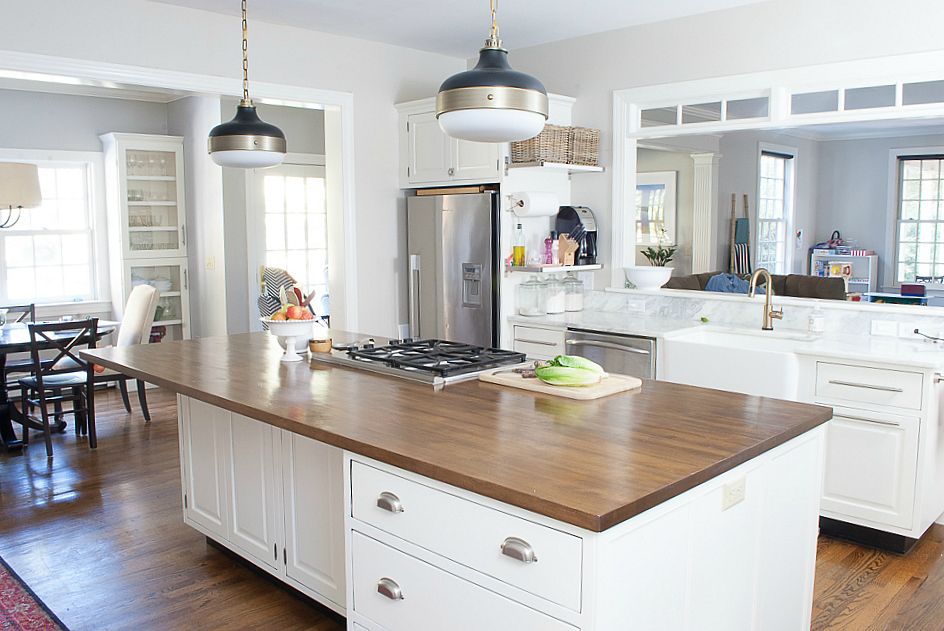
Heat Resistance
As a metal, zinc is unsurpassed at resisting scorch marks and discoloration from hot pans and skillets.
Resale Value
A few potential buyers will be charmed by zinc countertops, but those unaware of its history may find it less appealing.
Bottom Line
Zinc earns an overall mid-range rating. Still, in kitchens with a certain period decor, zinc can be a conversation starter.
Ceramic or Porcelain Tile: the Best DIY Choice
While excellent for backsplashes, ceramic or porcelain tiles have a major drawback for countertops: The grout lines between tiles are very hard to keep clean. The major selling point for tile countertops is that they are relatively easy for DIYers to install themselves.
msistone.comAppearance
Tile surfaces themselves can be very attractive, but the presence of the many seams in a tile countertop is a big turn-off to anyone who cooks. Not only is the uneven texture of a tile surface problematic, but the grout lines can make cleanup a nightmare.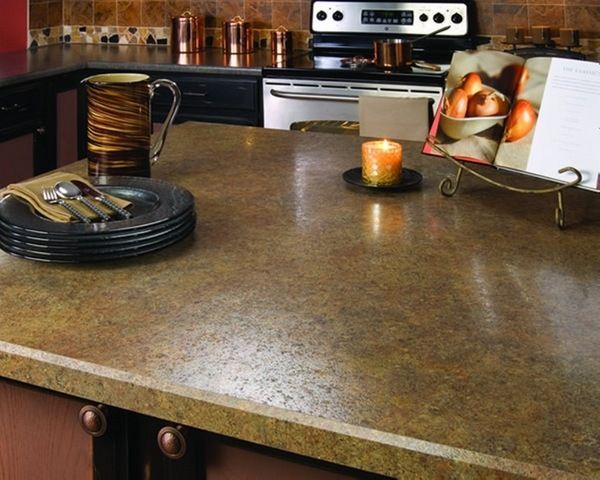
Value
Prices can vary quite a lot, but standard white tile countertops can be built for just pennies per square foot. And because tile countertops are a very easy DIY project, this material earns a top rating for cost. The typical costs for tile countertops range from $18 to $35 per square foot, installed.
Stain Resistance
With tile, there is a sharp division between the stain resistance of the tile and the stain resistance of the grout.
The ceramic tile itself holds up remarkably well to stains, but not so much with grout. Once grout is stained, it can be difficult to clean. Regular sealing of the grout lines is mandatory. Sealed grout is easier to clean than porous grout.
Heat Resistance
Since it is fired at high temperatures, ceramic or porcelain tile resists heat very well. Tile is virtually impervious to scorching or burning.
Resale Value
Prospective home buyers are often put off by kitchens with tile countertops, though they may love tile backsplashes, walls, and floors. Tile countertops offer poor resale value.
Tile countertops offer poor resale value.
Bottom Line
Tile countertops earn a lower-tier overall rating due to the many grout seams and difficult maintenance. While tile is easy to install by yourself, the long-term performance of tile isn't worth it for many homeowners.
Laminate: Economical and Low-Maintenance
Laminate countertops are the perennial standby when it comes to kitchen and bathroom countertop choices. But can we rank them in the best countertops group? The answer is yes.
jodiejohnson / Getty ImagesAppearance
Once regarded as fake-looking, modern laminates made by manufacturers such Wilsonart and Formica are now pushing the boundaries with high-pressure laminates that are steadily improving in appearance. Laminate is no longer regarded as the poor cousin among countertop materials.
Value
With better looks come higher prices, but it is still possible to buy rock-bottom cheap laminate countertops. This is one of the most economical of all countertop materials, especially considering its now-impressive appearance. Laminate countertops range in price from $15 to $40 per square foot, installed.
This is one of the most economical of all countertop materials, especially considering its now-impressive appearance. Laminate countertops range in price from $15 to $40 per square foot, installed.
Stain Resistance
Laminate countertops are easy to clean with a swipe of a wet cloth or sponge, but when stains get embedded, they are very hard to remove.
Heat Resistance
Considering that laminates are essentially plastic, you might think they would melt under extreme heat. This doesn't happen, although very hot pans can scorch and discolor the surface.
Resale Value
Although the perception is beginning to change, laminate countertops still have trouble gaining acceptance with realtors and prospective home buyers. Laminates are often regarded as bargain-basement countertops, except within carefully decorated mid-century modern kitchens.
Bottom Line
Laminate countertops earn a mid-range rating in the field of countertop materials.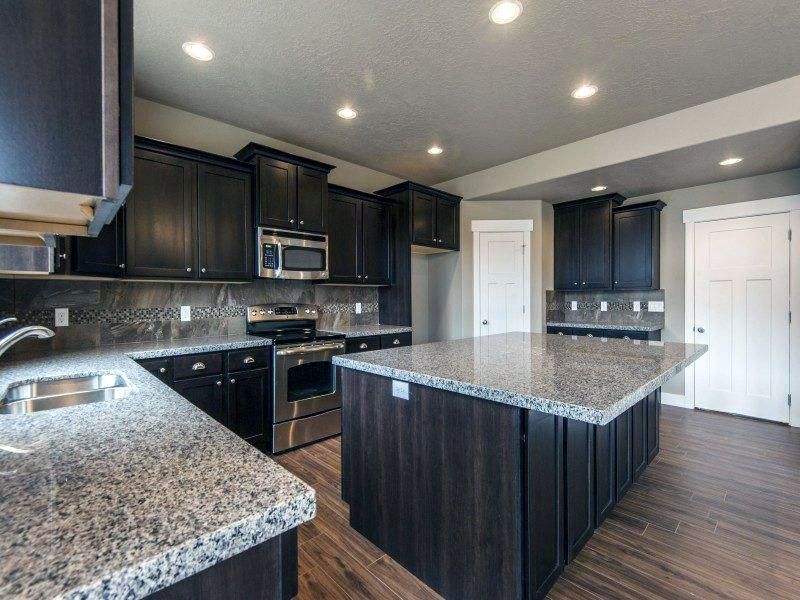 However, they offer great value, and the negative perception of laminates is gradually fading.
However, they offer great value, and the negative perception of laminates is gradually fading.
Refinished Countertop: Best Value
For just a few hundred dollars, it's possible to turn a laminate or tile countertop into something apparently new. The base material stays the same but a special, thick coating goes on top to radically change the countertop's appearance.
photovs / Getty ImagesAppearance
Judging appearance is all relative and subjective. Refinished countertops can look spectacular compared to an old countertop. Yet no matter how much the refinishing kit claims your resurfaced counter will look like real marble, it just won't.
Value
Refinished countertops blow all other countertops' pricing out of the water. Nothing is cheaper. Even purchasing the cheapest laminate counter off the racks at Lowe's or Home Depot is more expensive. For as low as $200 to $250, you can purchase a do-it-yourself counter refinishing kit.
Stain Resistance
Refinished counters resist stains well—as well as a standard laminate countertop.
Heat Resistance
This is the Achilles' heel of refinished countertops: They scratch easily and are not very durable.
Resale Value
Appearance-wise, a counter that is refinished closely resembles a normal laminate countertop. And like laminates, a refinished countertop normally doesn't improve the value of the home.
Bottom Line
A refinished countertop ranks reasonably well, only due to its rock-bottom cost. Homeowners can refinish their own countertop to carry it along for another year or two while saving money for a new countertop. Rarely, if ever, is a refinished countertop a long-term choice.
Solid Surface: Appearance and Affordability
Solid surface countertops are made from synthetic acrylic, epoxy, and polyester materials bonded together in formulations aimed at mimicking the look of natural stone.
When solid-surface material was introduced in the late 1960s by Dupont, it was regarded as a high-end countertop material.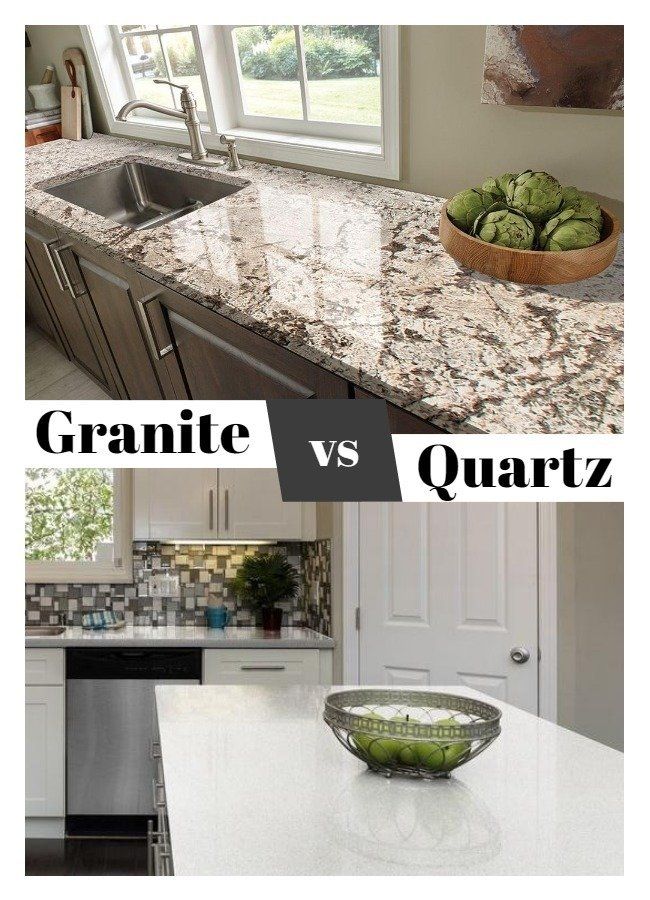 Its role as a premium material has largely been taken over by quartz and solid granite, but solid surface is still a very good material that offers a unique blend of performance, appearance, and economy.
Its role as a premium material has largely been taken over by quartz and solid granite, but solid surface is still a very good material that offers a unique blend of performance, appearance, and economy.
Appearance
Solid-surface countertops can be manufactured to look like practically anything. While they cannot match the appearance of real or even engineered stone, solid-surface countertops still look better than laminate. They can be fabricated to be entirely seamless and can even incorporate seamless sink basins within the countertop.
Value
Though considerably more expensive than tile or laminate, the excellent performance and appearance of solid-surface material make it one of the best values. Costs for solid-surface countertops range from $35 to $85 per square foot, installed.
Stain Resistance
Yes, solid-surface counters do stain, and those stains can be pervasive. However, the nature of solid-surface material makes it possible to sand out stains rather easily.
Heat Resistance
Solid-surface material can be scorched fairly easily. Countertop manufacturers have been developing solid-surface materials that hold up better against heat, but the product still has a long way to go. Burn marks can be removed fairly easily with sanding.
Resale Value
Solid-surface materials offer moderately good resale value. While no longer considered a luxury material, solid-surface countertops are considered much more favorably than laminates or tile.
Bottom Line
Solid-surface countertops are in the upper tier of countertop materials since they are an economical choice, come in hundreds of styles and colors, are easy to maintain, and can be refinished by most homeowners.
Stainless Steel: Cook's Favorite
Second only to concrete as the most trendy countertop material, stainless steel's popularity has waxed and waned over the years. Originally a material found only in commercial kitchens, stainless steel has recently become common in high-end residential kitchens. But there is no denying that in terms of pure coolness, this material comes out ahead of most others.
But there is no denying that in terms of pure coolness, this material comes out ahead of most others.
Appearance
Stainless steel is highly attractive. It is luminous without being glaringly bright and has a lovely patina. The only downside is that it has only one face: Stainless steel always looks the same way. Unlike other materials, it cannot be tinted, aged, painted, or resurfaced. You can buy hundreds of different kinds of countertop marbles and granites, but you can buy only one stainless steel.
Value
Stainless steel is very pricey. This is due partially to the expense of the materials, but also because of the limited number of competent fabricators. The scarcity of qualified labor drives prices higher. Costs of stainless steel countertops range from $80 to $250 per square foot, installed.
Stain Resistance
Though it is called stainless, stainless steel can be stained with food materials, although it will not rust.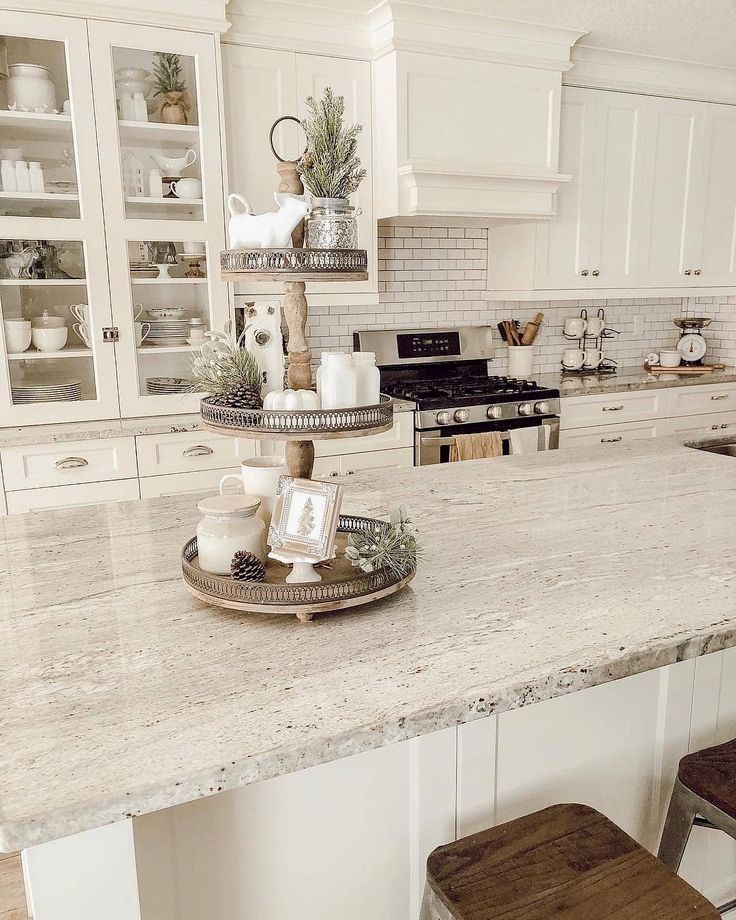 Stains can usually be removed, however.
Stains can usually be removed, however.
Heat Resistance
As a metal, stainless steel is almost impervious to burns and scorch marks in a normal kitchen setting.
Resale Value
Discerning buyers will value stainless steel, so your investment will indeed pay off. When they make an offer, non-discerning buyers may look down on this material, mentally subtracting the cost of pulling out the steel counters and replacing with other materials.
Bottom Line
Stainless steel countertops earn a fairly high rating in the pool of countertop materials. Stainless steel can be a great countertop in the right kitchen decor but may turn off prospective buyers who don't have a trend-conscious attitude.
Slab Granite: Long-Term Appeal
For some time now, solid granite slabs have been regarded as the premium countertop material. While you might think the trend will eventually end, the virtues of granite continue to make it a perennial top performer.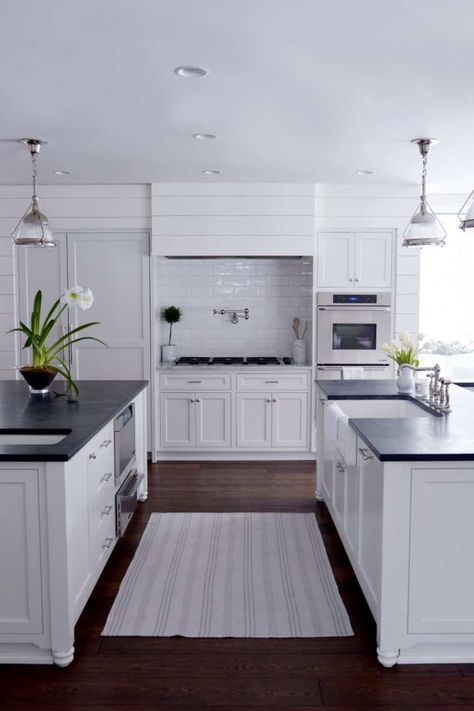
Appearance
Granite counters have a deep, rich, complex appearance that cannot be duplicated in any type of man-made material. Because each granite slab is unique, this means that no two countertops have exactly the same appearance. While other types of natural stone, including soapstone, slate, and marble, are also used in countertops, granite is by far the preferred stone for appearance.
Value
Granite is always—always—a pricey countertop material. On average, this is the most expensive of countertop materials on our list. Prices can range from $45 to $300 per square foot, installed.
Stain Resistance
Since granite is a porous stone, it does absorb stains. But annual sealing will help avoid this problem.
Heat Resistance
Granite, forged in the heat of the earth, will hold up well against your hot pans. Granite is virtually impossible to burn by normal means.
Resale Value
Even though the fervor for granite may be slightly past its peak, granite still lends considerable resale value to a home. Realtors and prospective buyers almost always perk up when they see granite countertops.
Realtors and prospective buyers almost always perk up when they see granite countertops.
Bottom Line
Granite earns a top-tier rating due to its great appearance and durability. Slab granite is a long-term countertop choice, its high cost amortized by the many years of service it can provide.
Quartz: Best Overall Choice
Quartz countertops—a form of engineered stone—may well be the best of all countertop materials when all factors are considered. Quartz countertops are made from natural stone byproducts (leftover rubble from quarrying) which are pulverized and blended with resins to form slabs. It can be considered a green building material since it is made from leftover stone and doesn't require quarrying. Engineered quartz has nearly all the virtues of granite and other natural stone while costing less.
Alessandro De Carli / EyeEm / Getty Images
Appearance
Quartz countertops look fantastic. Because they partially use natural materials (as opposed to solid surface, which is all man-made), quartz counters have unparalleled depth and richness. Dozens of different looks are available, ranging from granite and marble look-alikes to very unique, modern colors and patterns. And unlike granite and other natural stone, quartz never has flaws or cracks.
Dozens of different looks are available, ranging from granite and marble look-alikes to very unique, modern colors and patterns. And unlike granite and other natural stone, quartz never has flaws or cracks.
Value
Quartz countertops are expensive, but when factoring in the advantages, quartz countertops are relatively good value. Typical costs range from $55 to $155 per square foot, installed.
Stain Resistance
Quartz counters hold up well against stains and need no sealing. However, extremely caustic substances such as lye or other strong chemicals may damage your quartz counters.
Heat Resistance
Quartz countertops are among the best at resisting burns and scorching.
Resale Value
Homebuyers place a high premium on quartz countertops, sometimes regarding them as even more valuable than granite.
Bottom Line
Quartz countertops earn a top rating in countertop materials ratings due to their appearance, low maintenance, and high resale value.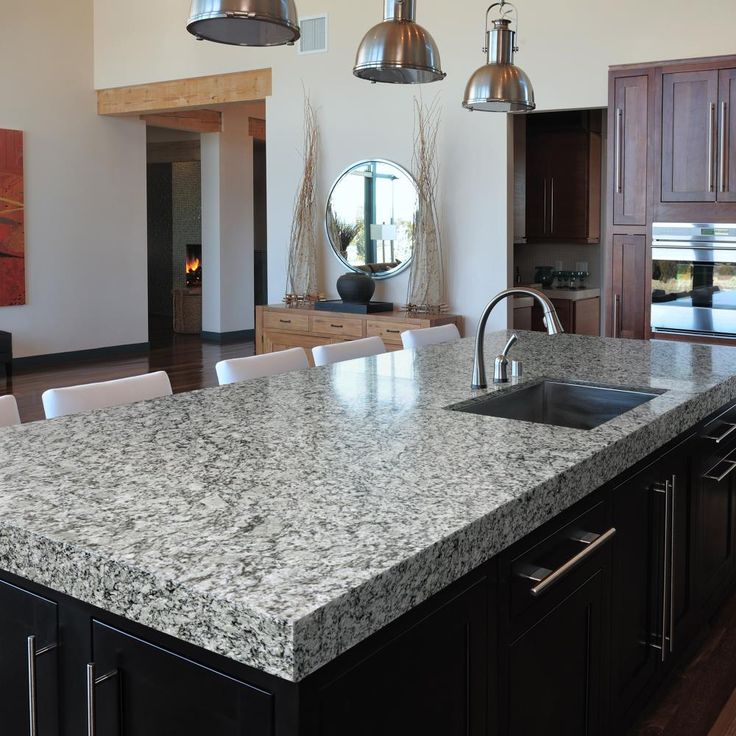
What are the best countertops for a kitchen? Choose the right one for you |
(Image credit: Roundhouse | DeVOL | Blakes London)
If you're remodelling, it's likely you are asking what the best countertops are for a kitchen so that you can choose the best material for your new space and your needs.
Looking for kitchen countertop ideas is a fine balance between function and form, but you can have both.
The best place to start, when designing a kitchen and choosing the best kitchen countertops is to consider what is required from the space. Who will be using the kitchen most and how will it be used? Deciding on kitchen countertop materials can often cause some serious head-scratching due to endless options, each with their pros and cons, so it's worth working out your most important requirements upfront.
For example, if yours is a kitchen for a busy family with children – who may not remember to not put that hot pan on the countertop or wipe that acidic lemon juice with a cloth – then you may decide to avoid porous materials to ensure a longer lasting finish.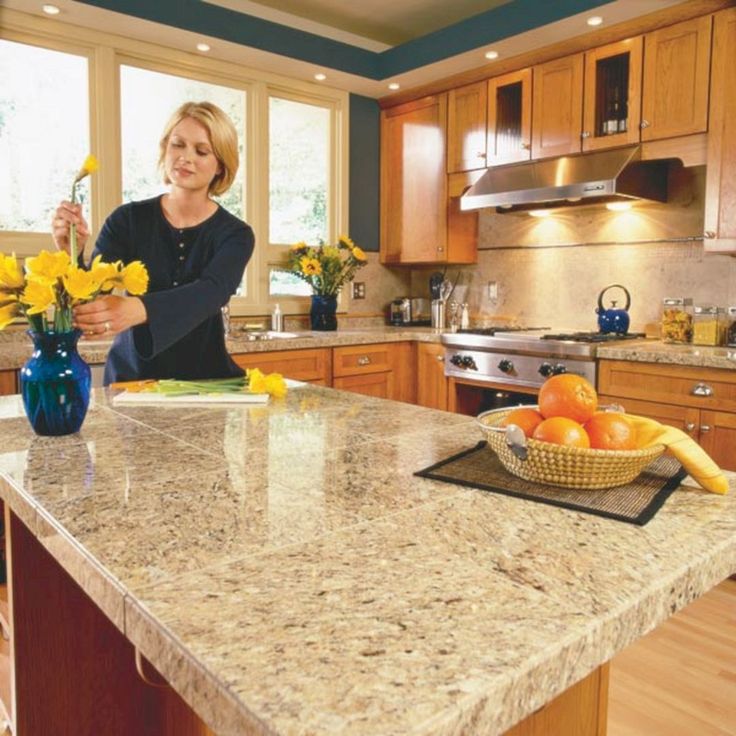 Or, perhaps you might like to choose a tough material, perhaps for your much-used island countertop ideas, and one that didn't make our list (notably: wood) for countertops that won't take so much wear and tear.
Or, perhaps you might like to choose a tough material, perhaps for your much-used island countertop ideas, and one that didn't make our list (notably: wood) for countertops that won't take so much wear and tear.
To help debunk some of the myths, we spoke to some big names in kitchens to explain the different surfaces and how they can be used within our homes.
What are the best countertops for a kitchen?
We haven't provided you with an endless list of kitchen countertop materials. Instead, we have narrowed the choice to the best countertops for a kitchen, based on the best looks and functionality combined. These are what our experts suggest you use.
1. Marble
(Image credit: Blakes London)
Long appreciated for its classic beauty and mineral veining, natural marble varies from milky white rippled with grey veins to a myriad of other colors, including greens, reds, blacks, browns and even blues. Each slab will be unique.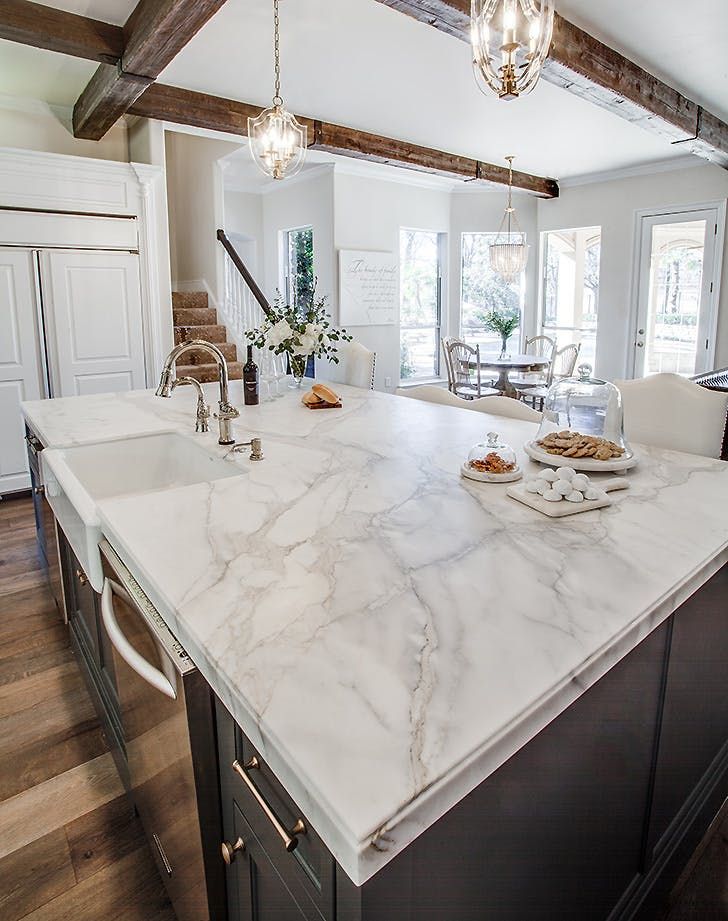
‘Marble is a multi-sensory material, not only visually striking but also surprisingly tactile,’ says Annie Ebenston, lead designer at Blakes London .
It is more porous than other natural stones, such as granite, and most composite materials, so will require more maintenance and care. ‘Our view is that you celebrate its inevitable imperfections and stains and see them as telling a story of the enjoyable experiences within your kitchen,’ adds Annie.
Above, Green Guatemala marble has been used to create a dramatic focal point island in this design by Blakes London.
2. Quartz
(Image credit: DesignSpace London)
‘Quartz composite worktops are among the most practical solutions for a kitchen countertop, as they are generally very resistant to staining,’ advises Richard Atkins, director, DesignSpace London .
Typically made of quartz mineral mixed with resin to produce a resilient, low porosity material that is harder than marble and granite, it does not usually require sealing and is easy to maintain.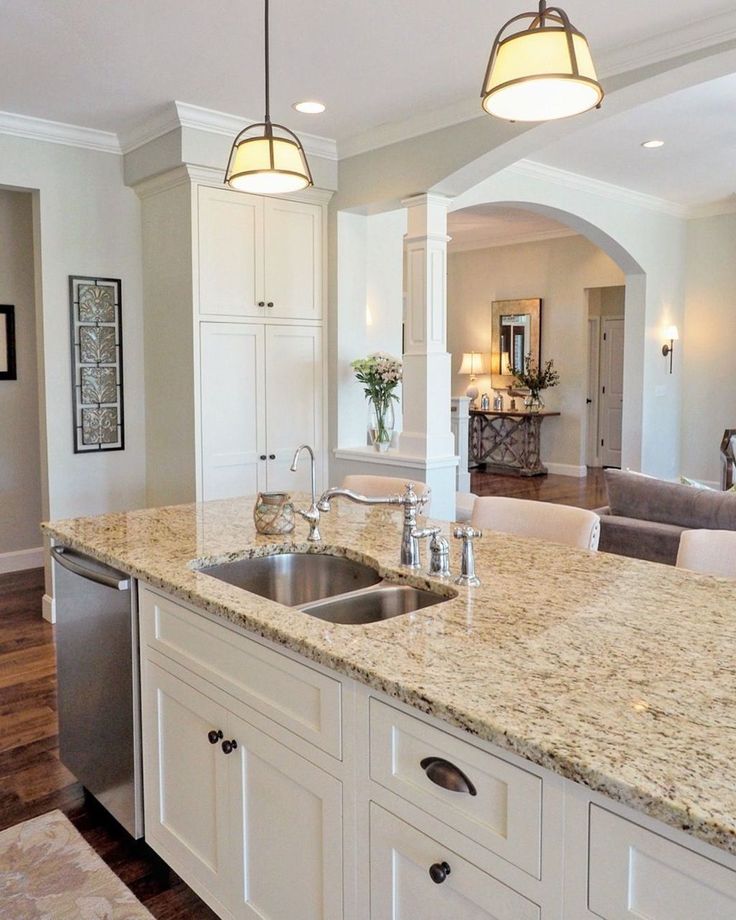 Available in many realistic marble and concrete effects, as well as plain colors, it offers a completely consistent look.
Available in many realistic marble and concrete effects, as well as plain colors, it offers a completely consistent look.
‘Quartz composite is increasingly available in large slab sizes, which helps keep joints to a minimum,’ he says.
Above, a stone Italiana Marmorea Golden Polished quartz surface makes a durable and eye-catching marble-effect island by DesignSpace London.
3. Stainless steel
(Image credit: Roundhouse)
Durable, heat and stain resistant, hygienic and impervious to water, it’s no wonder that stainless steel is the restaurant kitchen favorite. And in a domestic setting, ‘it can bring a sharp, clean look to the kitchen, and when paired alongside natural materials, such as wood, it forms a striking contrast,’ explains Jane Powell, senior designer, Roundhouse Design .
Stainless steel worktops can be fabricated with integrated sinks for a seamless look, but be aware that this material will scratch, though some feel this adds to its well-worn appeal and enhances its industrial aesthetic.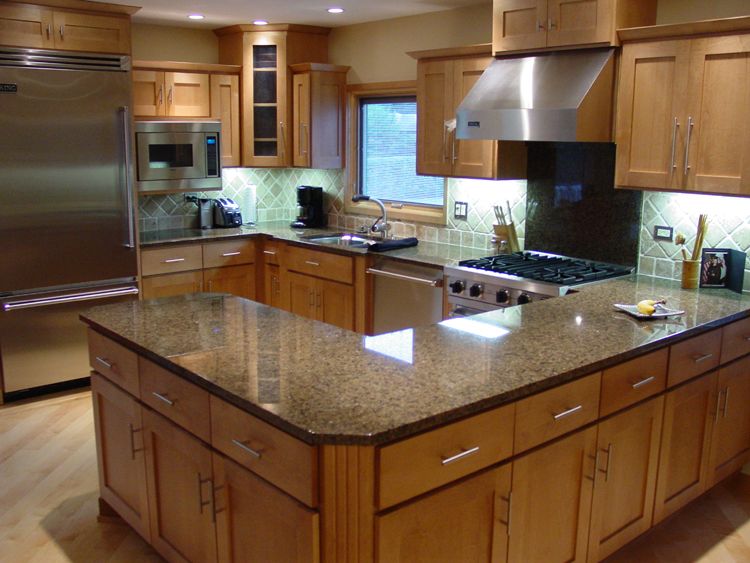
Above, stainless steel surfaces are shown in a bespoke kitchen by Roundhouse Design.
4. Copper and brass
(Image credit: DeVOL)
‘Copper has an incredibly fluid, ever-changing patina,’ says Helen Parker, creative director of deVOL Kitchens .
‘It looks rare and precious and turns out to have anti-bacterial properties, which make it even more desirable,’ she adds.
Brass is another metal with a living finish, naturally developing its own patina over time, adding natural warmth to your kitchen. Both metals tend to be susceptible to scratches and stains, so best used by those who enjoy a more weathered look.
Usually cleaned with simple dish soap and a soft cloth, always follow your supplier’s recommendations.
Above, a bespoke aged copper countertop is shown in the Haberdasher’s Kitchen by deVOL.
5. Ultra-compacts
(Image credit: Sustainable Kitchens )
A new generation of ultra-compact surfaces, also known as sintered stones, porcelains and ceramics, are made from materials exposed to extremely high pressure and temperature, producing a tough surface, generally considered a step up from quartz in strength.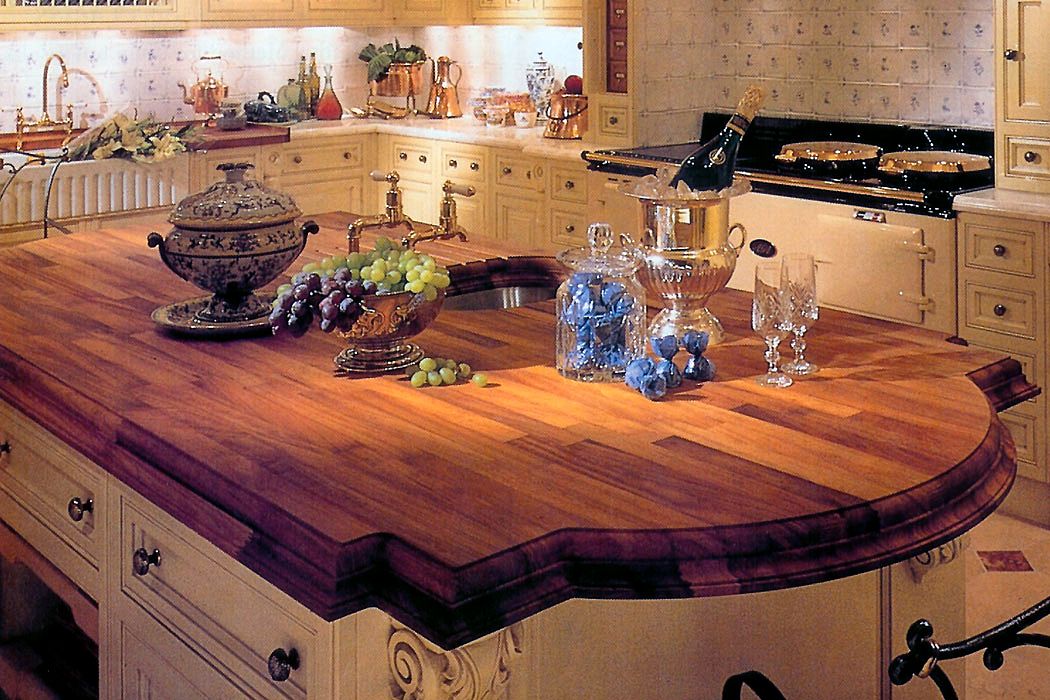 ‘They are incredibly hardwearing surfaces that will last for many years,’ says Matt Higgins, senior designer, Sustainable Kitchens .
‘They are incredibly hardwearing surfaces that will last for many years,’ says Matt Higgins, senior designer, Sustainable Kitchens .
With almost zero porosity, these materials, such as Dekton and Neolith, are hygienic, resistant to high temperatures (useful with hot pans) and scratching and staining, as well as being easy to clean. They can also be used in outdoor kitchens.
Shown: The Neolith Beton worktop is inspired by the raw look of concrete, in a design by Sustainable Kitchens.
What is the most durable material for kitchen countertops?
There is some discussion about which is the most durable material for kitchen countertops – but the top two are granite and quartz. Granite is a natural material, with each slab unique, and beautiful colors and veining available. Man-made quartz is incredibly durable, stain-resistant, will not crack or chip.
What is the easiest countertop to maintain?
The easiest countertop to maintain is quartz. Stain-resistant, it won't crack, chip or scratch.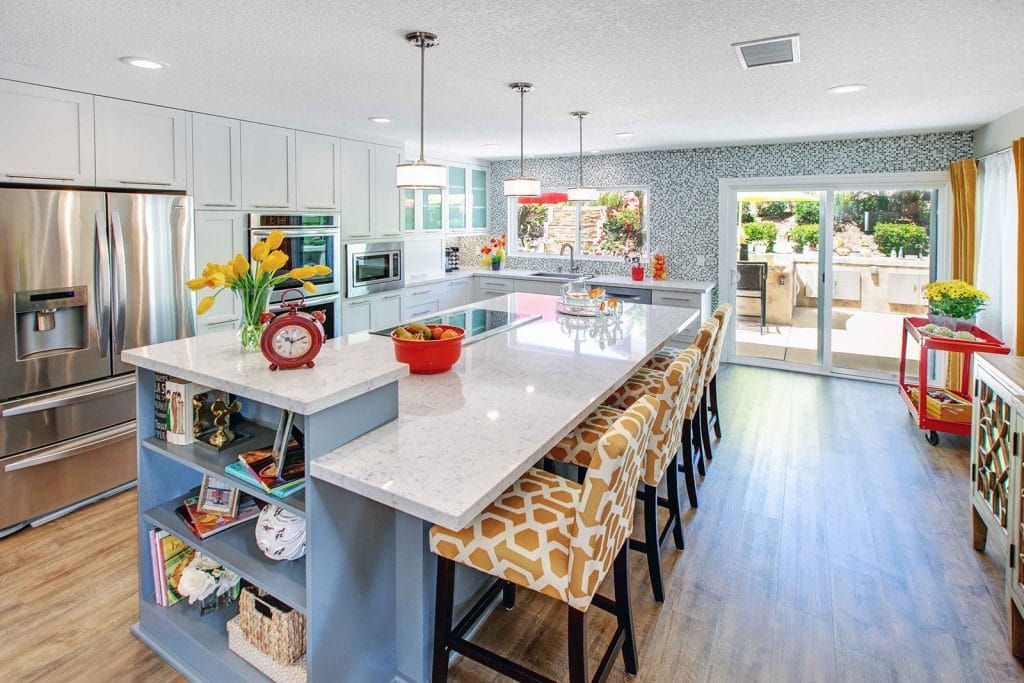
Is quartz or granite better?
While both are incredibly durable, quartz is harder than granite and therefore withstands all kinds of abuse from knives and pans, though hot pans can damage it. Granite, on the other hand, offers natural good looks. So, you need to decide which is more important to you, though you can't go too far wrong with either.
Amelia Thorpe is a specialist interiors and design journalist, covering every topic to do with homes from fabrics, furniture and lighting to surfaces, kitchens and bathrooms.
As the daughter of an antique dealer and a lifelong collector of old cookery books and vintage graphics herself, she also has a particular expertise in antiques, mid-century and decorative arts of all kinds.
Drawn to homes because of their importance in the happiness of our lives and the enjoyment they can bring, Amelia has been writing about the topic for more than fifteen years. She has interviewed some of the most influential designers of our time, from Piero Lissoni, Antonio Citterio, Jaime Hayon and Arik Levy to Nina Campbell and Robert Kime.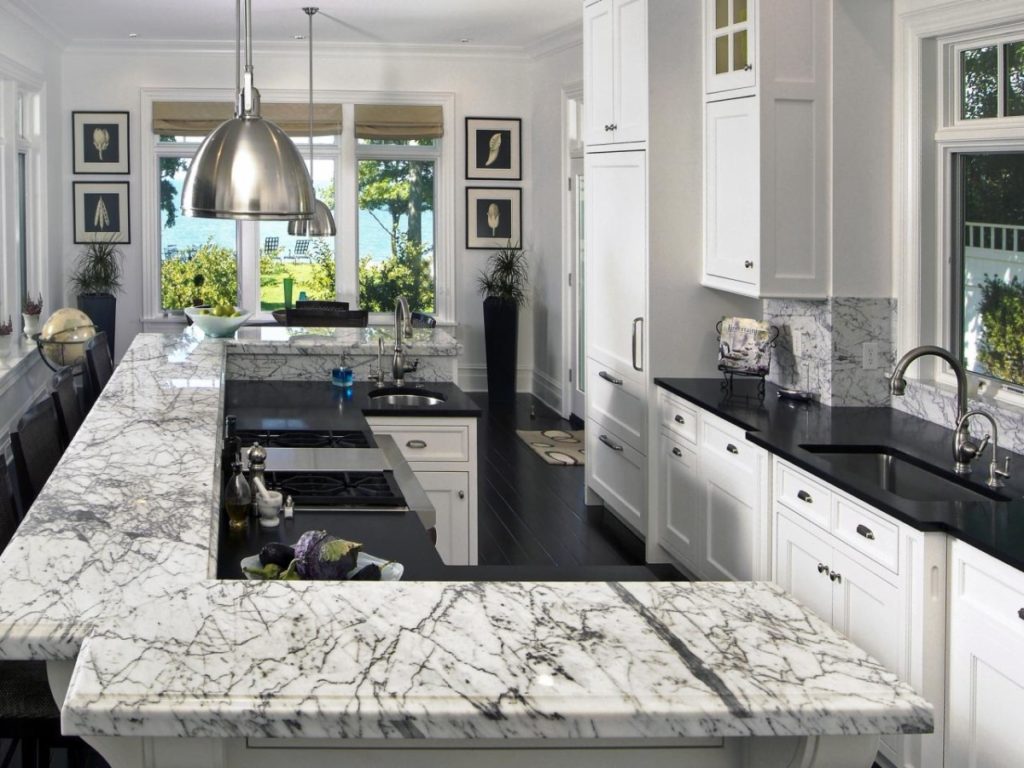
Which worktop is better to choose for the kitchen: expert opinions and tips
Contents
- Secrets of choosing a kitchen worktop
- Marble
- Granite
- Quartz
- Acrylic
- Wood
- Ceramic
- Glass
- Selection guide
The worktop is an important element of the kitchen set. It should not only fit into the overall interior and have an aesthetic appearance, but also differ in practicality, since when cooking it has a big load. Manufacturers offer countertops made of various materials: from natural stone to glass and wood.
Best Price Guaranteed!
Show the calculation from any company - and we are guaranteed to offer cheaper.
10% discount when ordering before December 1, 2022.
Secrets of choosing a kitchen worktop
The first thing you need to pay attention to before buying is that the product matches the overall design. On the modern market, countertops of various colors and textures are presented. It can be chosen in the color scheme of the kitchen set or made a bright accent in the interior.
On the modern market, countertops of various colors and textures are presented. It can be chosen in the color scheme of the kitchen set or made a bright accent in the interior.
In addition to aesthetics, you should also pay attention to practicality. Black and white countertops require special care, as all stains and dirt are highly visible on them.
The texture of worktops has a great influence on their functionality. They are: glossy, matte, corrugated. In this case, the surface of even one shade will differ if the texture is changed. Of no small importance is the material from which the countertop is made.
Go to kitchen catalog
The catalog contains all the factories producing Italian kitchens from inexpensive models to premium and elite ones.
Kitchen catalog
Modern kitchens classic kitchens Loft kitchens Kitchen Provence Neoclassical kitchens Art Deco Kitchens
Marble
Natural stone has a number of advantages and disadvantages.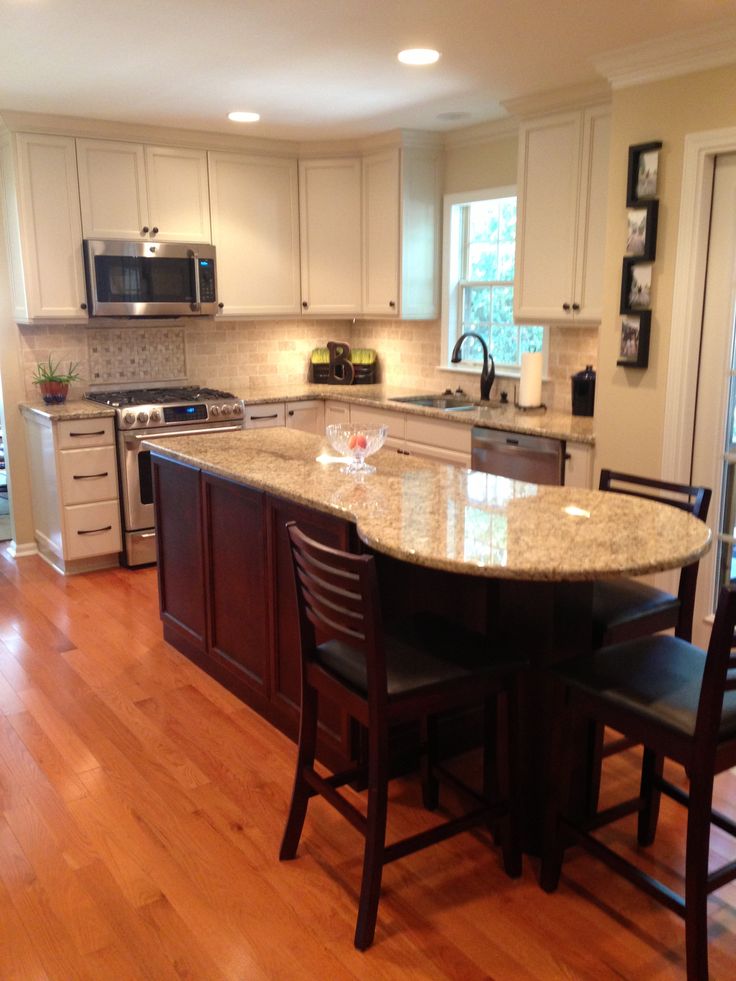 Among the main advantages note aesthetics. In addition, marble countertops feature:
Among the main advantages note aesthetics. In addition, marble countertops feature:
- water resistance;
- heat resistance;
- noble appearance;
- impact resistance.
The procedure for making a natural stone countertop is laborious, so its cost is quite high. Among the main disadvantages of products, a porous surface is noted that absorbs all substances. Therefore, if tea or coffee is spilled on the surface, then the stain must be wiped immediately. Marble does not tolerate sudden changes in temperature, due to which small cracks may appear on it.
Granite
Granite countertops are durable and elegant. Natural stone will add aristocracy to the interior of the kitchen. Among the advantages of granite surfaces are:
- resistance to high temperatures;
- hygroscopicity;
- easy care;
- long-term preservation of the original appearance;
- UV, acid resistant.
Natural stone countertops also have their drawbacks:
- limited color choice;
- heavy weight;
- absorption of dyes (stains from wine, coffee may remain).
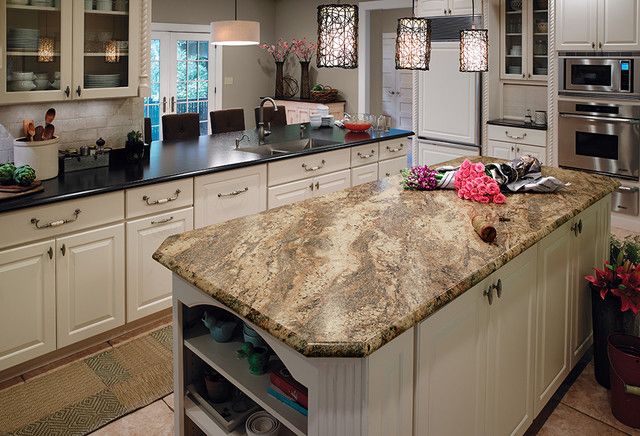
Granite products are recommended to be installed on cabinets with a reinforced structure due to their high weight. If the countertop consists of several plates, then the joints are clearly visible. Despite the shortcomings, this piece of kitchen set is durable and, with proper care, will last for decades.
Quartz
Quartz contains natural stone chips (granite or marble) bonded with epoxy oils. Countertops made of agglomerate are cheaper than marble or granite, and in some respects they are practically not inferior to them. The surface is imitated under a natural stone, differs in resistance to various dyes and chemicals. The advantages of quartz are as follows:
- presentable appearance;
- high hygiene;
- easy care;
- resistance to abrasion, UV and high temperatures.
Service life of countertops from 10 years without loss of original properties. The disadvantages of quartz surfaces include the complexity of repair.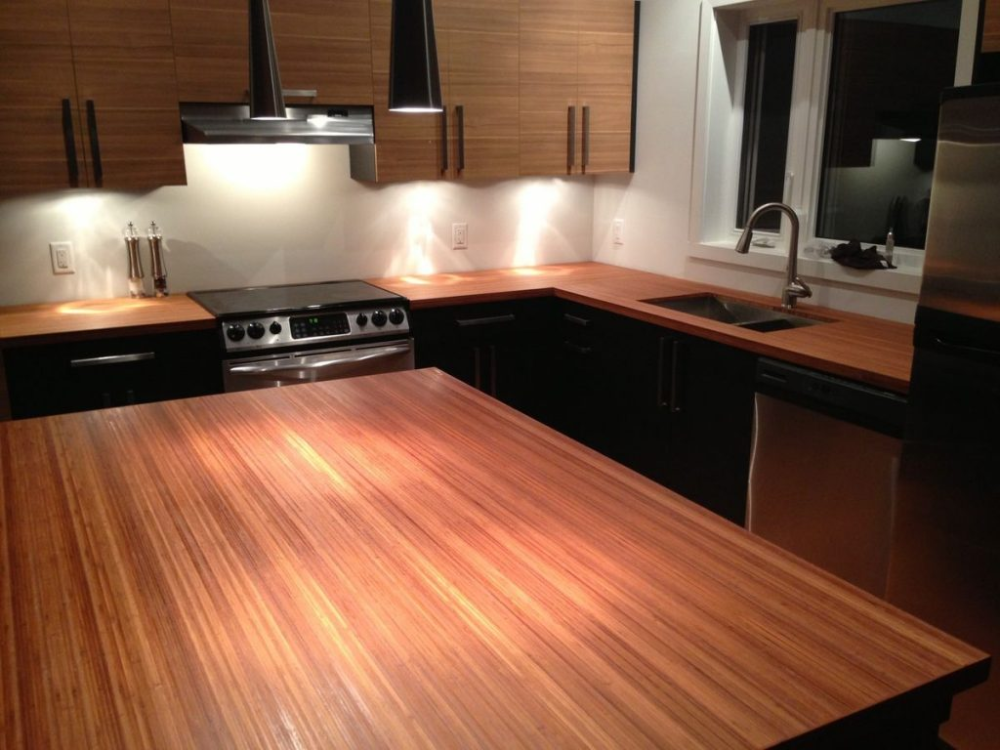 Chips and cracks on them will not work. In addition, countertops larger than 3 meters will have joints. When installing the surface, it is necessary to take into account its heavy weight, so the design of the cabinet will need to be strengthened.
Chips and cracks on them will not work. In addition, countertops larger than 3 meters will have joints. When installing the surface, it is necessary to take into account its heavy weight, so the design of the cabinet will need to be strengthened.
Acrylic
Acrylic is often used for worktops, as it can be used to make products in various shapes and colors. Fine mineral chips are combined with acrylic resin and color pigments. The resulting mass is poured into any desired form. Acrylic countertops are distinguished by unusual geometric shapes, so they can fit into almost any interior.
Among the advantages of a kitchen set item are:
- absence of seams and joints;
- spectacular appearance;
- variety of colors;
- pollution resistance;
- long service life;
- the ability to restore a damaged surface.
Do not place hot objects on acrylic tops. Surfaces are subject to mechanical damage, scratches may remain on them.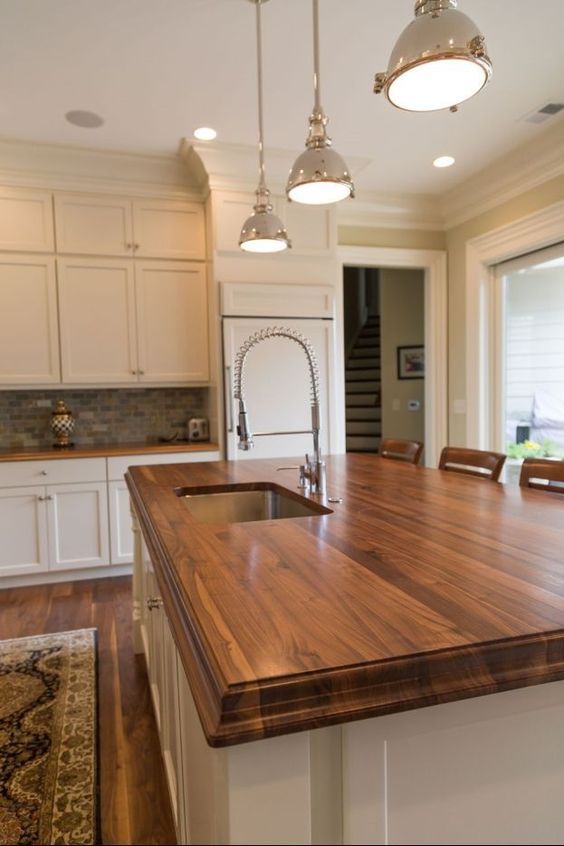 But the advantage of acrylic countertops is that it is easily restored. Products require professional installation, especially if they have a non-standard shape. Stains can form on the surface from dyes, so any liquid from them must be removed immediately.
But the advantage of acrylic countertops is that it is easily restored. Products require professional installation, especially if they have a non-standard shape. Stains can form on the surface from dyes, so any liquid from them must be removed immediately.
Wood
Tabletops are made from durable woods, including oak, ash, cherry, walnut. Wooden surfaces harmoniously look in any interior, add comfort and warmth to the kitchen. The upper part is covered with special compounds that provide moisture resistance and resistance to mechanical damage. Tabletops made of wood are characterized by:
- relatively low cost;
- aesthetic appearance;
- resistance to aggressive substances;
- simple maintenance;
- water-repellent properties (when treated with formulations).
Wooden surfaces do not tolerate high temperatures, are highly flammable and must be carefully monitored. When processing countertops with special tools, they will last a long time.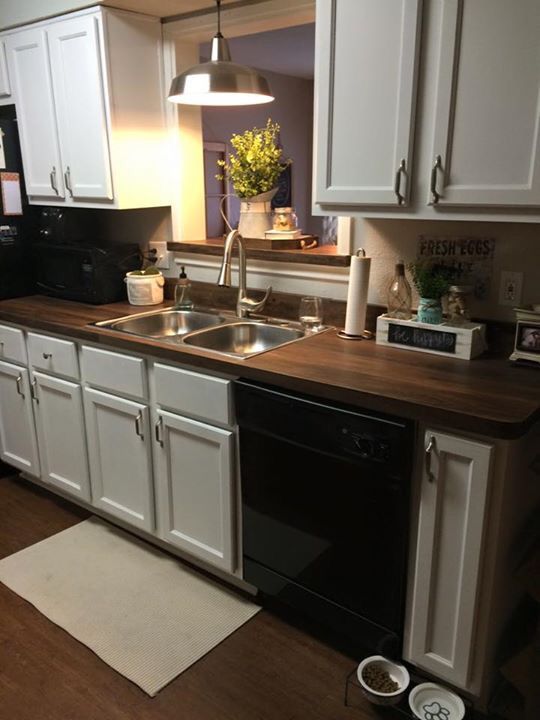 The surface is recommended to be periodically polished, which allows it to return to its original appearance.
The surface is recommended to be periodically polished, which allows it to return to its original appearance.
When choosing a countertop, you need to pay attention to the type of wood and its class (the higher it is, the less knots and bumps). Experts recommend choosing products with a thickness of 40-50 mm. The countertops are easy to install and can be installed directly by the homeowner, even without special skills. It is important that the wooden surface is covered with special compounds to repel moisture, otherwise there is a risk of fungus or mold.
Ceramic
Ceramic surfaces are hygienic and aesthetically pleasing. They are easy to care for and resistant to aggressive detergents. Cracks and chips are rare on the surface, even with heavy use. If necessary, a defective tile can be replaced with another one.
Ceramic countertops look original in the interior, but are quite expensive. At the same time, they are strong and durable, easily restored if scratches or chips appear. Ceramic tile countertops require special care, especially at joints where dirt and water can accumulate. The surface is washed with a damp sponge using special household chemicals.
Ceramic tile countertops require special care, especially at joints where dirt and water can accumulate. The surface is washed with a damp sponge using special household chemicals.
Glass
Tempered glass is one of the materials used for countertops. Thanks to a special production technology, the surfaces are durable and heat resistant. There is a wide range of glass countertops on the market. Surfaces can also vary in texture. They are light in weight, so they can be easily installed on cabinets made of any materials.
Glass tops blend harmoniously with modern interior design styles. They are made in various shapes and colors, with drawings or plain. Despite the fact that glass is considered a fairly fragile material, countertops are highly durable. But when a crack appears, the entire surface will need to be replaced.
Selection guide
When choosing a worktop, you should be guided by the overall style of the interior and the material from which the kitchen set is made. Surfaces made of natural stone are recommended for spacious rooms. Wooden countertops look harmonious even in small kitchens.
Surfaces made of natural stone are recommended for spacious rooms. Wooden countertops look harmonious even in small kitchens.
Matt surfaces are more practical than glossy ones. When choosing a countertop, you should pay attention to such characteristics as strength and water resistance. Porous surfaces easily absorb dirt and are unstable to dyes.
Rating:
4.7
(1073)
Which countertop to choose for the kitchen: rules for choosing material by quality
01/14/2019
1 star2 stars3 stars4 stars5 stars
The working surface of the kitchen area is one of the most vulnerable places. We will tell you how to choose a countertop that will last for more than one year and will not lose its attractive appearance.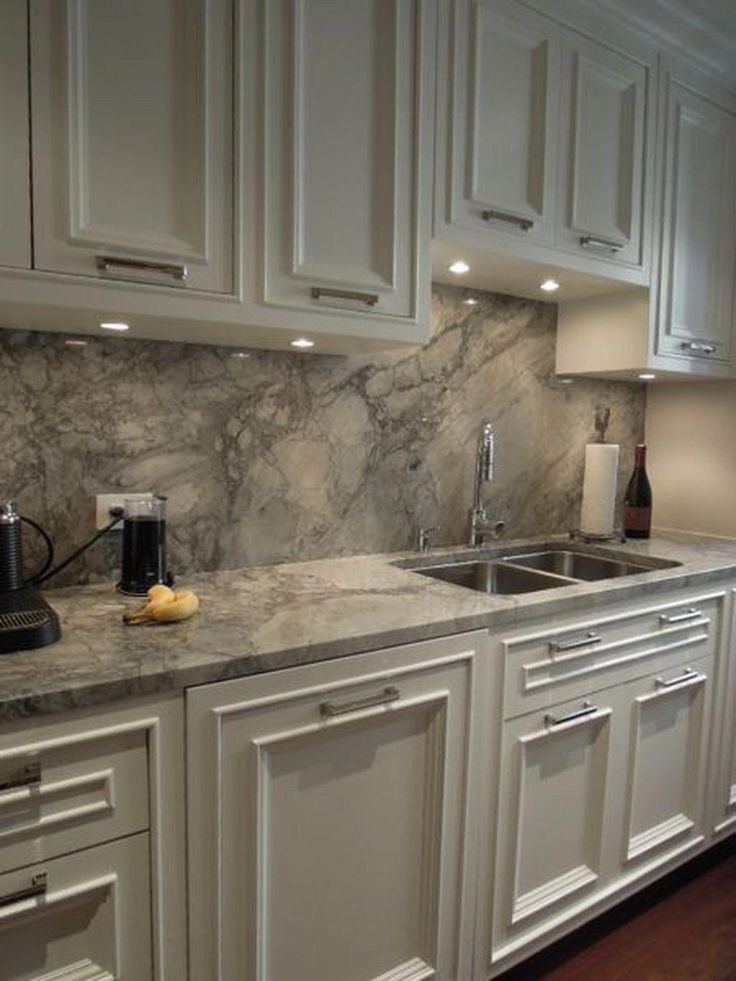
Instagram stoleshnici_gralit
Changing the set and repairing the kitchen is always associated with the question of which countertop to choose for the kitchen. A well-made decision ensures that the cooking space will be well-equipped for several years. Consider the important points of a competent choice.
Which worktop is best for the kitchen: highlights
The work surface on which food is prepared for cooking is formed by a plate covering the floor cabinets. It is most often monolithic, since the joints spoil the appearance and disrupt functionality. Its dimensions are usually equal to the section of furniture cabinets, although there are options when the edge protrudes above the facade. The tabletop can withstand a variety of influences, so it must have a set of the following characteristics:
- High temperature resistance. Often, hot pans and pots are placed on the coating.
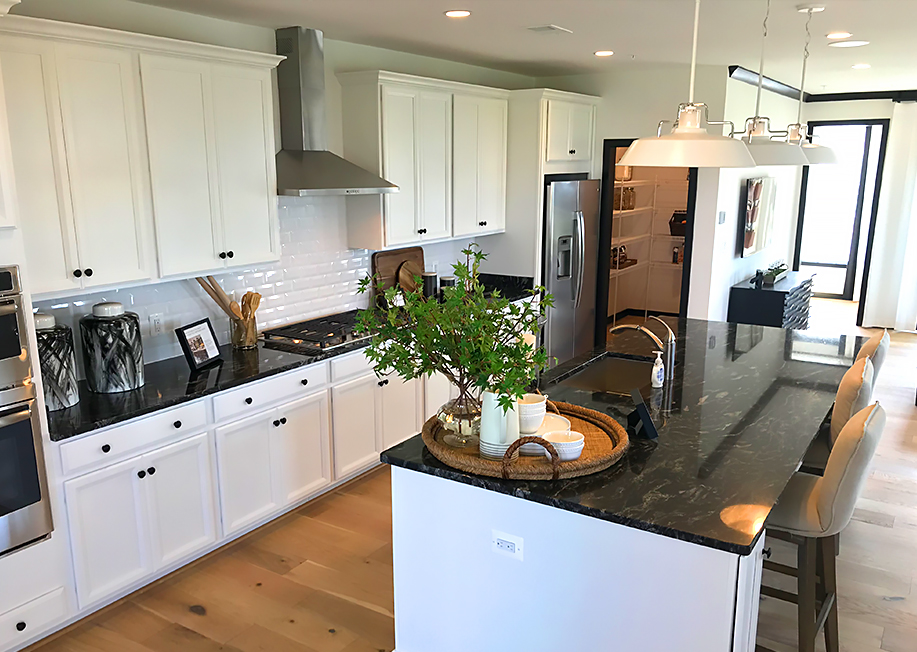
- Moisture resistant. Water and other liquids are almost always present here.
- Resistant to sufficiently strong mechanical stress.
- Resistant to chemicals, including aggressive detergents.
- Easy care. The surface should be easy to clean and not absorb dirt and odors.
- Attractive look that can last for a long time.
These characteristics explain how to choose a kitchen worktop according to the quality of the material. In addition, it is worth considering the safety of the product. It should not contain toxic substances that will enter the air during operation.
Instagram dialekt_wood
Kitchen worktop material
Let's consider the most popular and practical options.
Chipboard: affordable and attractive
The basis of the board is chipboard, which is wrapped with kraft paper with a specific pattern. Then they are laminated, that is, covered with a thin plastic layer.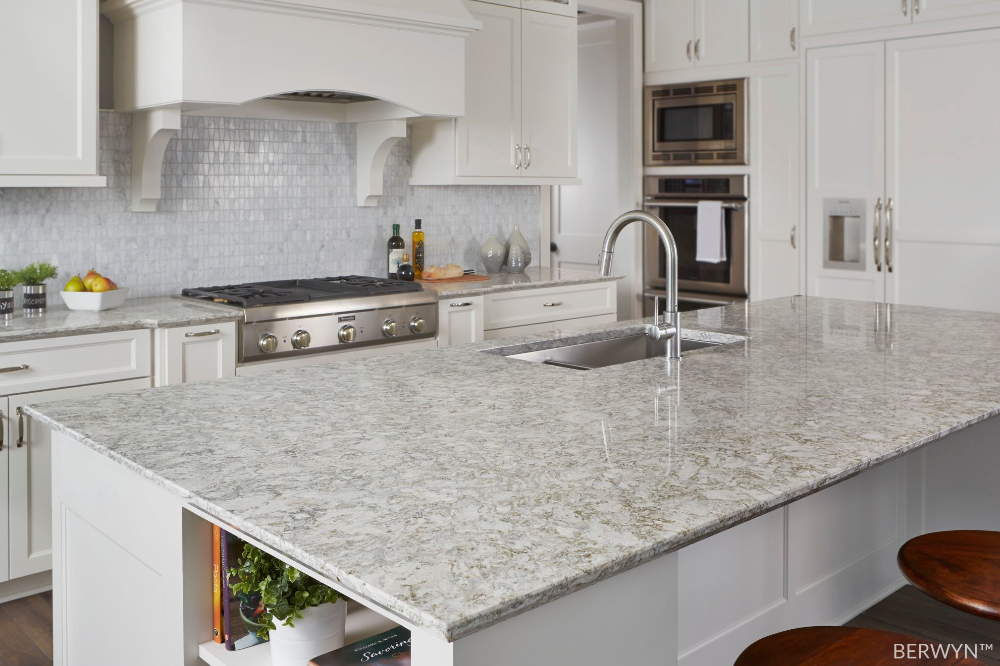 Can be used CPL or HPL compound. The latter gives the best result. The benefits of LSDP include:
Can be used CPL or HPL compound. The latter gives the best result. The benefits of LSDP include:
- Variety of designs. A wide variety of solutions are available.
- Low cost.
- Ease of production and, as a result, fast production.
- Simple installation, which you can do yourself.
There are quite a few disadvantages of such a solution. This is insufficient moisture resistance: when water gets in, the plate swells, especially at the joints. They also note weak heat resistance and low resistance to aggressive substances. Any dyes, including natural ones, leave stubborn stains.
Color loss may occur over time. In addition, the production uses toxic substances that can be weathered for a long time. Therefore, when buying, you should find out the emission class of the material to make sure it is safe. The average service life is five years, after which you can change the product without any problems.
Instagram stoleshnici_gralit
MDF: beautiful and practical
The manufacturing process is similar to the production of laminated chipboard sheets, only the base is different.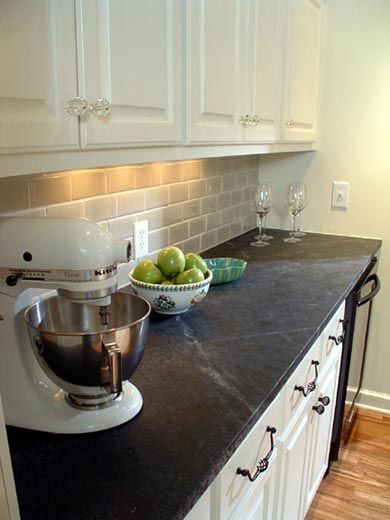 This is an MDF board, which is distinguished by its high density and the complete absence of toxic substances. Material advantages:
This is an MDF board, which is distinguished by its high density and the complete absence of toxic substances. Material advantages:
- Safety and environmental friendliness.
- A variety of colors, it is possible to imitate any surface, even complex textures.
- High resistance to microorganisms and fungi.
- Low cost.
Significant disadvantages are poor thermal stability, the possibility of denting after a strong impact and sensitivity to moisture. With prolonged exposure to water, swelling of the joints and sections of the tie-ins is possible. However, compared to chipboard, the likelihood of such a problem is much lower, since MDF absorbs water much worse. If low quality plastic was used during lamination, stains may appear in areas where intensive cleaning was carried out over time.
Instagram stoleshnici_gralit_
Wood: sustainable and functional
Manufactured from durable wood that is extremely resistant to moisture.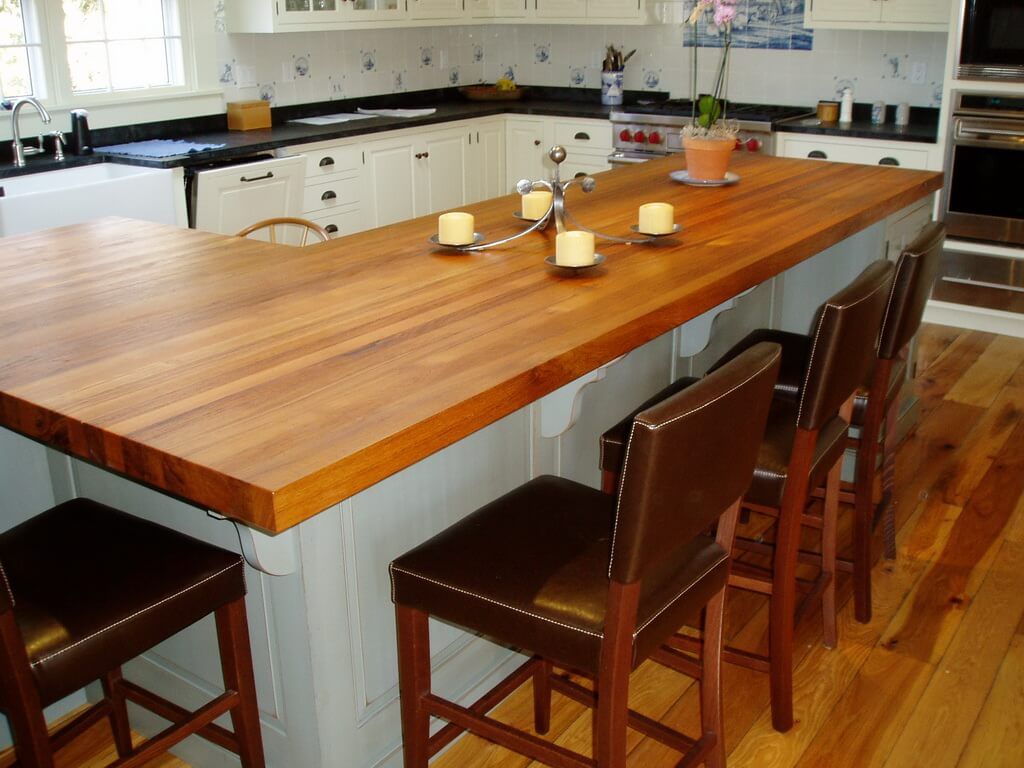 These are bamboo, walnut, oak, ash, etc. It is good if the class of the array is A or A / B. This affects the presence of knots in the web. It is undesirable if the thickness of the shield is less than 40 mm. The advantages of such products are obvious:
These are bamboo, walnut, oak, ash, etc. It is good if the class of the array is A or A / B. This affects the presence of knots in the web. It is undesirable if the thickness of the shield is less than 40 mm. The advantages of such products are obvious:
- Attractive look and very pleasant texture.
- Good resistance to moisture when processed and properly cared for.
- Possibility to update the blade by grinding. And you can do it repeatedly.
- Affordable cost, especially if common woods are chosen.
The main disadvantage of the solution is the need for careful maintenance of the wooden surface. If it is not there, all the flaws of the canvas are clearly manifested. Lack of impregnation can lead to drying and sagging of the material. Unprotected cracks or joints allow moisture to pass through, causing the wood to swell. In addition, microorganisms and fungi may appear in such areas.
Instagram pod_miastem
There are other disadvantages that must be taken into account during operation.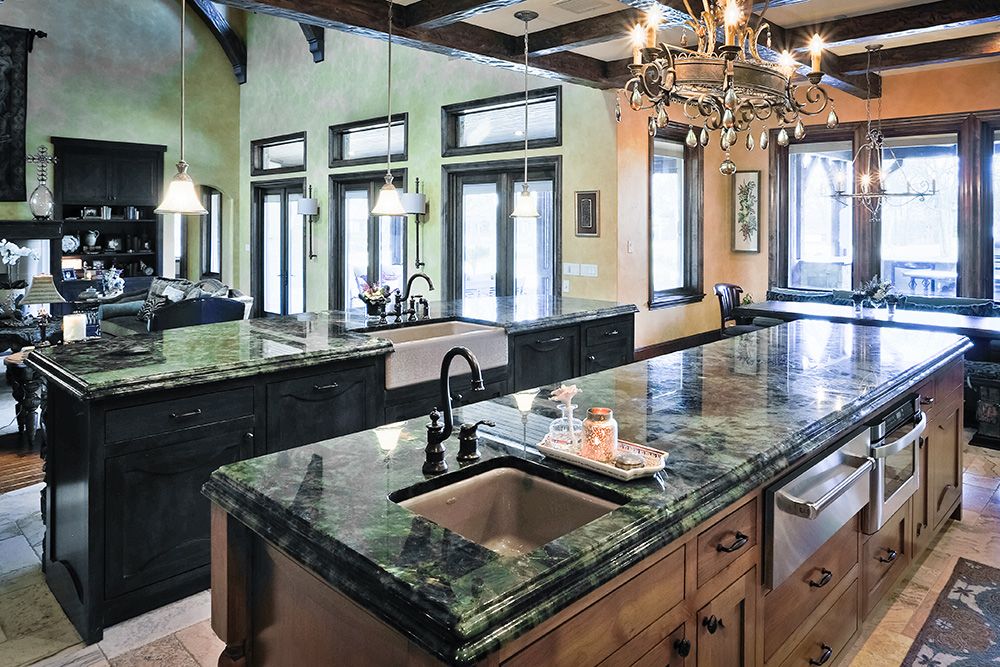 It is low heat resistance and fire resistance. A hot pot or pan placed on such a countertop will surely leave permanent stains on it. Wood is sensitive to dyes and acids, they also leave marks on the surface.
It is low heat resistance and fire resistance. A hot pot or pan placed on such a countertop will surely leave permanent stains on it. Wood is sensitive to dyes and acids, they also leave marks on the surface.
Natural stone: luxurious and durable
Most often, such products are made of marble or granite, but other options are also possible: onyx, malachite, etc. Each of the stones has its own properties, but the common advantages for all can be considered:
- Strength. Plates are insensitive to almost any mechanical damage. They are very difficult to scratch or split. The exception is marble, which breaks off quite easily.
- Beautiful appearance. Despite the fact that the color range of each type of stone is limited, it looks very attractive.
- Easy care. The surface is easy to clean, it is not afraid of moisture, withstands the effects of non-aggressive detergents.
- High temperature resistance, hot dishes will not damage the stove.
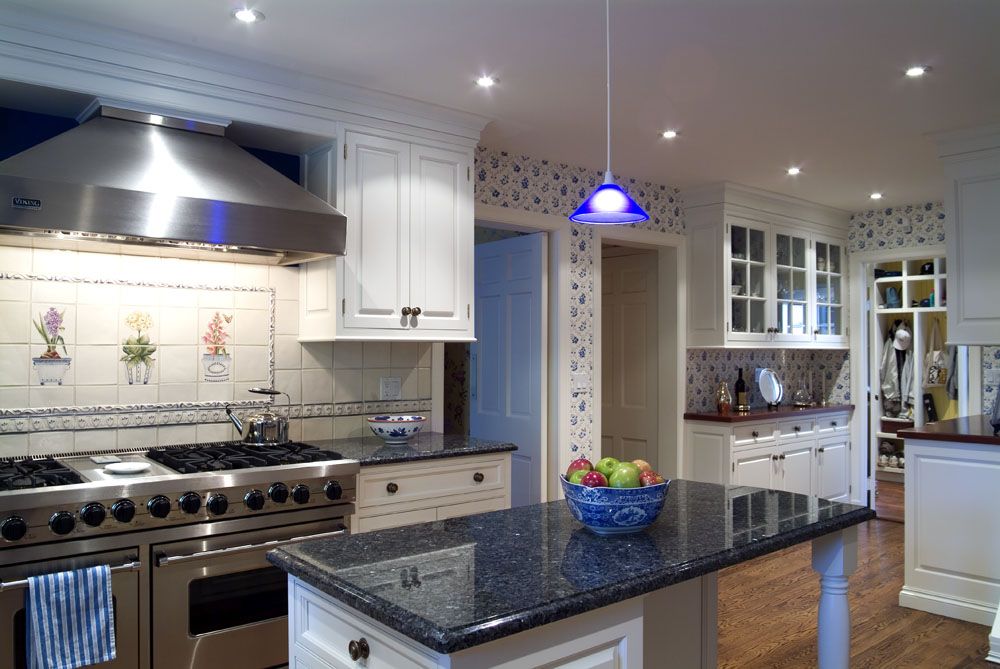 This does not apply to marble, it may turn yellow.
This does not apply to marble, it may turn yellow. - Long service life, which is calculated in tens of years.
The material also has some drawbacks. The parts are heavy, which requires a significant strengthening of the design of the pedestals and complicates the installation. Active dyes can leave marks on the surface, this is especially true for white or beige marble. It is recommended to wipe it immediately if any colored liquid is spilled: wine, tea, etc. The stone cannot be repaired in case of serious damage, which is extremely rare, but can happen.
Of the minuses, it is worth noting the visible joints. They just can't be hidden unnoticed. A single fragment, due to the technological features of production, usually does not exceed 2.5 m in length. The high cost of material and installation work is also considered a disadvantage. Sometimes a stone can have a high background radiation, so for safety reasons, you should definitely study the certificate before buying.
Instagram mir_kamnya_siberia
Acrylic stone: better than natural stone
During the production process, color pigments and fine mineral chips are mixed with acrylic resin. The resulting composition is poured into the prepared form, where it solidifies. The result is a durable panel of the desired configuration. To a customer who is interested in what kind of kitchen countertops are, the material may not seem the most attractive. However, it has a number of significant advantages:
- Presentable appearance. Color and texture can be almost anything.
- Lack of joints and seams, the ability to produce parts of various widths and various shapes without compromising their strength.
- Highly hygienic. Acrylic has no pores, so it does not absorb moisture and dirt, and is easy to clean. Microorganisms do not grow on it.
- Long service life during which the color of the product does not change.
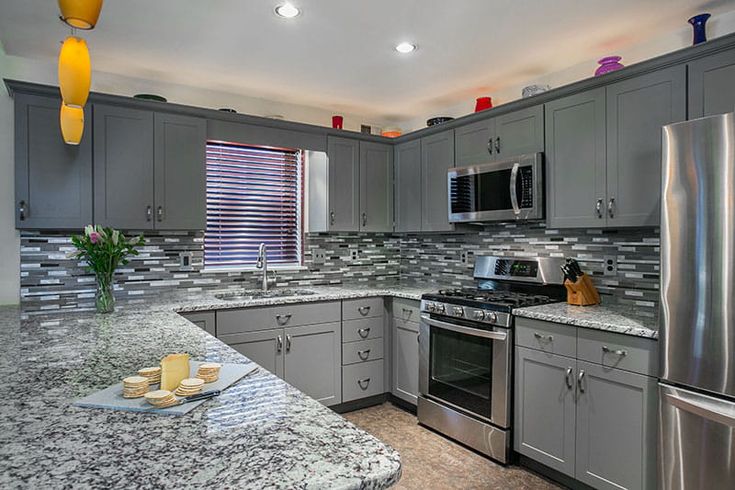 It does not fade in the sun and does not deteriorate from frequent washing.
It does not fade in the sun and does not deteriorate from frequent washing. - Ability to quickly and easily repair cracks or chips.
Acrylic is not perfect, it has its drawbacks. It has low thermal stability, deteriorates from exposure to acids. Strong dyes can leave stains on it, so experts advise immediately removing wine, coffee, etc. that have fallen on the surface. There may be scratches and chips from mechanical influences. Therefore, cutting products on acrylic is not worth it. The disadvantages include the complex installation and high cost.
Instagram radiansdv
Ceramic cladding: original and functional
A good choice for those who prefer unusual solutions. For its implementation, a variety of tiles are used: medium, small, mosaic, or a combination of them. The seams are definitely rubbed. They will become the most vulnerable spot, so you should choose the composition very carefully.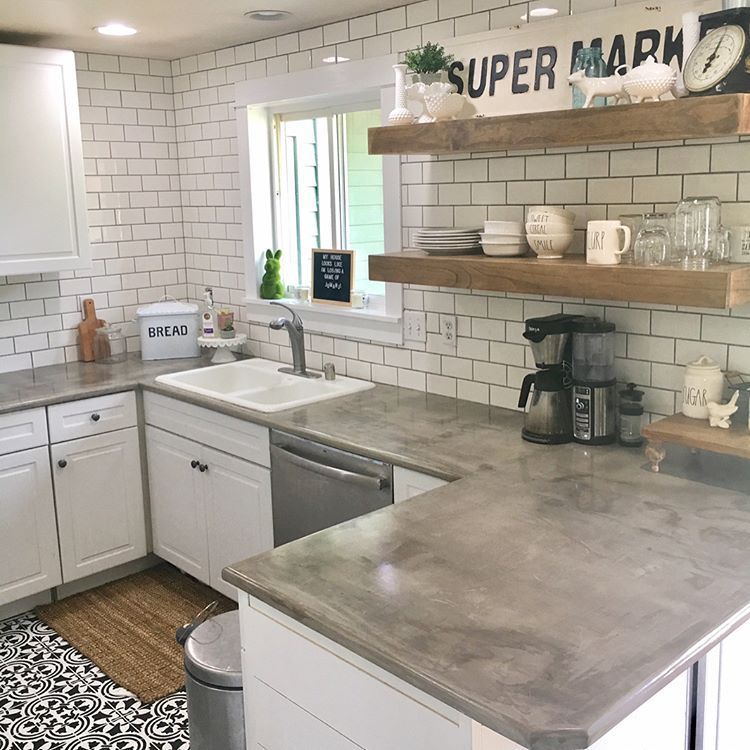 The strengths of this lining can be considered:
The strengths of this lining can be considered:
- Resistance to high temperatures.
- Insensitive to moisture and aggressive substances, including any dyes. True, low-quality grout can respond to such an impact.
- Resistance to various mechanical influences.
- Original and very beautiful appearance, especially when tiles of different sizes are combined.
Among the disadvantages, it should be noted the need to constantly clean the seams, where crumbs will inevitably accumulate, traces of drinks, etc. will appear. To simplify your task, it is important to choose the right grout. Problems will arise if it is necessary to replace a fragment of the cladding. It will be quite difficult to do this.
Instagram decoceramica
How to choose a kitchen worktop: useful tips
To avoid disappointment and unpleasant surprises, after installing a new coating, it is worth listening to simple tips.
- Everything must match the kitchen unit. A simple chipboard slab, for example, will look ridiculous on a cabinet made of natural wood. In addition, it is desirable that all elements of the kitchen "age" at about the same speed. So they can be replaced at the same time.
- The choice between glossy and matte finishes can be difficult. The most practical option is to choose a matte option. It is not so capricious in care and retains a neat appearance longer.
- Determining the tone, you should focus on the color of the facade. They must harmonize. For MDF and LSDP boards, it is optimal to choose light shades. The dark ones are more effective, but over time they may appear lighter spots in areas where the coating has been intensively washed.
Instagram roomtome
Choosing a kitchen worktop is easy if you take into account our recommendations. There are a lot of options, you just need to choose the best one, focusing on the characteristics of the coating and its cost.
